In a landscape where every second counts, businesses continually seek innovative solutions to streamline their operations and maximize efficiency. Enter sales automation software – a dynamic tool designed to simplify and enhance the selling process. This digital ally not only alleviates the burden of mundane tasks but also empowers sales teams to focus on what truly matters: building relationships and closing deals. As customer expectations evolve and competition intensifies, understanding the role of sales automation software becomes paramount for organizations aiming to stay ahead. In this article, we will explore the intricacies of sales automation, its benefits, and how it is revolutionizing the way companies approach their sales strategies. Join us as we delve into the transformative power of technology in the realm of sales.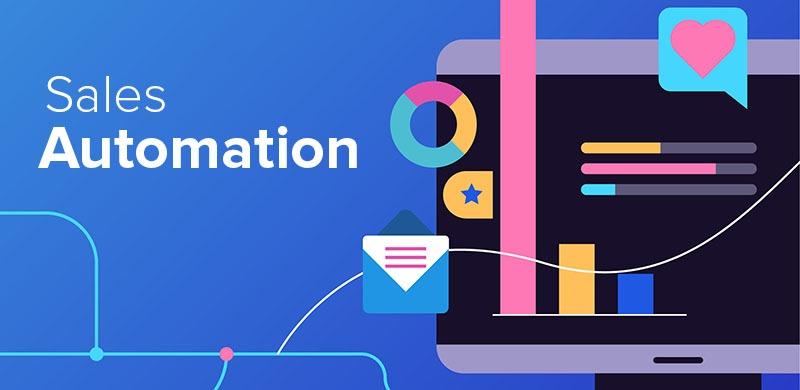
Understanding the Benefits of Sales Automation Software for Modern Businesses
In the fast-paced world of modern business, adopting sales automation software offers a multitude of advantages that can significantly enhance operational efficiency and drive revenue growth. Firstly, such software streamlines various sales processes, allowing teams to focus on high-impact activities rather than mundane tasks. By automating lead scoring, follow-up emails, and customer relationship management, organizations can nurture prospects more effectively and close deals faster. This not only saves time but also increases the accuracy and consistency of interactions, fostering stronger relationships with customers.
Moreover, the analytical capabilities of sales automation tools provide invaluable insights that can inform strategic decision-making. These platforms typically include features such as real-time reporting and sales forecasting that empower businesses to understand trends, identify opportunities, and allocate resources optimally. Key benefits of sales automation software include:
- Increased productivity: Automation frees up time, enabling sales teams to focus on selling rather than administrative tasks.
- Enhanced customer insights: Data analytics help comprehend customer behaviour and preferences.
- Improved collaboration: Centralized platforms encourage teamwork across departments, facilitating better communication.
| Feature | Benefit |
|---|---|
| Lead Management | Simplifies tracking and nurturing leads through the sales funnel. |
| Automation of Follow-ups | Ensures timely communication and reduces the risk of leads slipping through the cracks. |
| Analytics and Reporting | Provides actionable insights for improving sales strategies and performance evaluation. |
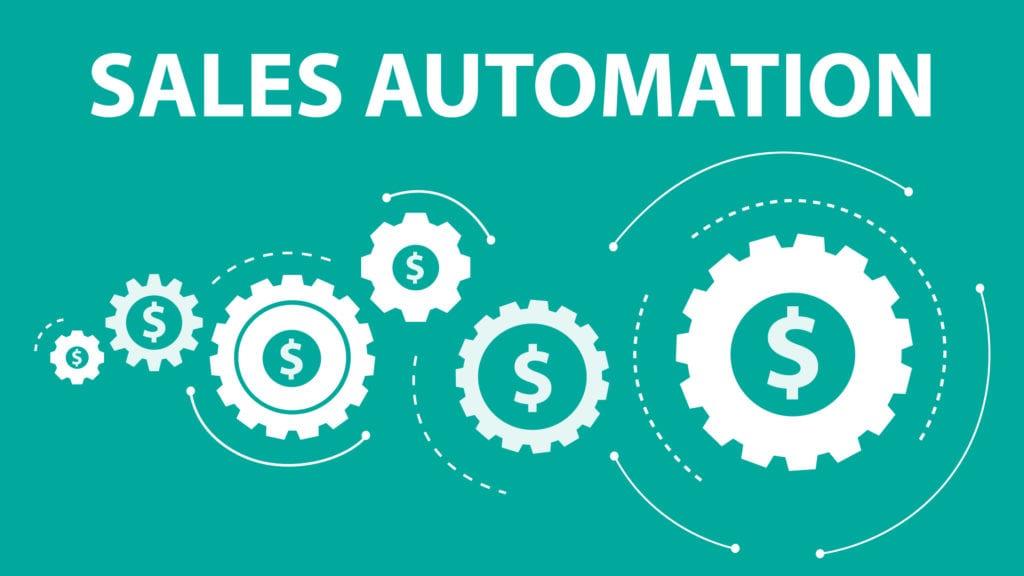
Key Features to Look for in Effective Sales Automation Tools
When selecting sales automation tools, it is essential to prioritize functionalities that streamline processes and enhance productivity. Look for software that offers customizable workflows, allowing your team to adapt the system to their specific selling strategies. Additionally, ensure the tool provides robust reporting and analytics capabilities. This feature helps track performance metrics over time, enabling data-driven decisions for optimizing sales strategies. Effective integration with existing CRM systems is another must-have, fostering seamless communication between sales teams and other departments.
Furthermore, a user-friendly interface is vital to ensure quick adoption across your organization. Sales representatives should be able to navigate the platform easily without extensive training. Prioritize tools that offer AI-driven insights, which can provide predictive analytics and assist in lead scoring. Consider also the ability to automate communication through personalization options, enabling tailored messaging for different customer segments. Below is a brief comparison of essential features to consider:
| Feature | Description |
|---|---|
| Customizable Workflows | Adjust processes to fit unique sales strategies. |
| Analytics | Track performance and inform strategy adjustments. |
| CRM Integration | Facilitate easy data sharing and collaboration. |
| User-Friendly Interface | Simplifies training and everyday use. |
| AI-Driven Insights | Enhances decision-making with predictive analytics. |
| Personalization Options | Automate tailored communication for leads. |
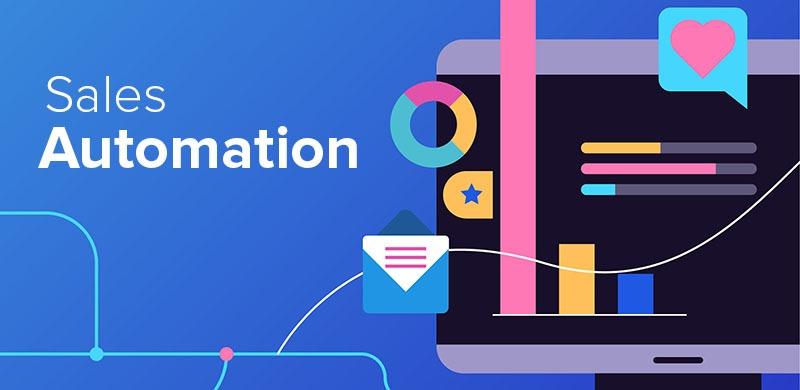
Maximizing ROI with Sales Automation: Strategies for Implementation
Implementing sales automation software effectively can dramatically enhance your return on investment (ROI) by streamlining processes and reducing costs. To do this, consider the following strategies:
- Identify Repetitive Tasks: Evaluate your current sales workflow to pinpoint tasks that consume valuable time, such as data entry and follow-up emails.
- Choose the Right Tools: Select software that integrates well with your existing systems, ensuring seamless operation alongside CRM and marketing tools.
- Train Your Team: Invest in comprehensive training for your sales team to ensure they understand how to leverage the features of your automation software effectively.
- Monitor Performance Metrics: Establish KPIs to assess the impact of automation on your sales cycle and adjust strategies based on performance data.
To visualize the potential benefits of automating your sales processes, consider the following table comparing traditional sales methods with automation:
| Aspect | Traditional Sales | Sales Automation |
|---|---|---|
| Time Spent on Admin | ~30% | ~10% |
| Lead Response Time | 1-2 days | Immediate |
| Follow-up Consistency | Inconsistent | Automated |
| Conversion Rate | 15% | 25% |
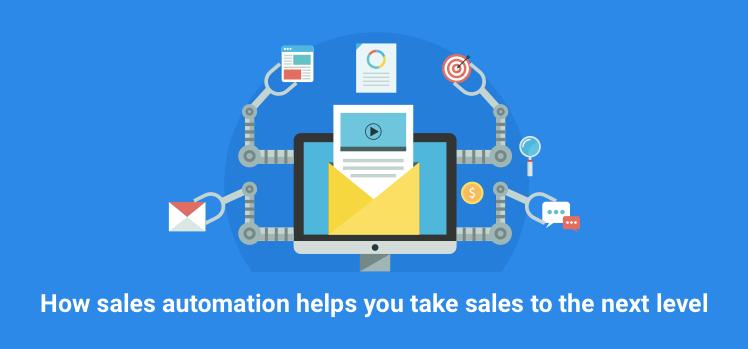
Navigating Common Challenges in Sales Automation Adoption
Implementing sales automation software can bring significant efficiencies to a sales team, but it’s not without its hurdles. One common issue organizations face is resistance to change among staff. The integration of new technology often requires a shift in mindset, and team members might feel overwhelmed by adopting new processes. To mitigate this, consider the following strategies:
- Comprehensive Training: Equip employees with the knowledge they need through dedicated training sessions.
- Clear Communication: Make sure to explain the benefits of automation, emphasizing how it can make their jobs easier.
- User-Friendly Tools: Choose software that is intuitive and easy to navigate to reduce the learning curve.
Another challenge is data integration from various sources. Sales automation solutions must seamlessly blend with existing systems such as CRMs, email platforms, and lead management tools. A misalignment can lead to fragmented data, undermining the very goal of automation. To address these complexities, companies should:
- Conduct an Integration Assessment: Evaluate all existing systems to ascertain compatibility before implementation.
- Choose Flexible Tools: Opt for automation software that offers robust integration capabilities with other platforms.
- Engage IT Specialists: Involve your IT team early in the process to preemptively solve integration challenges.
In Conclusion
As we navigate the dynamic landscape of modern sales, the role of sales automation software becomes increasingly pivotal. By embracing these innovative tools, businesses can transform their strategies, streamline processes, and ultimately enhance their customer relationships. The ability to automate routine tasks not only frees up valuable time for sales teams but also allows for a more strategic focus on nurturing leads and closing deals.
As technology continues to evolve, staying ahead means adapting to new solutions that empower your workforce and drive growth. Whether you’re a small startup or a seasoned enterprise, the right sales automation software can be the catalyst for unlocking your full potential. As you step into this new era of sales, consider how automation can help you not only meet your goals but exceed them. The future of sales is here—are you ready to embrace it?



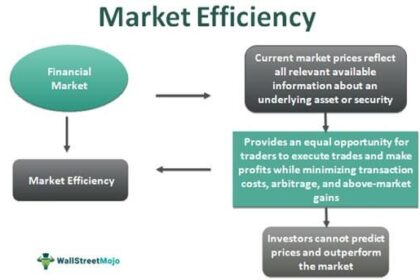
I liked the way you have explained this.